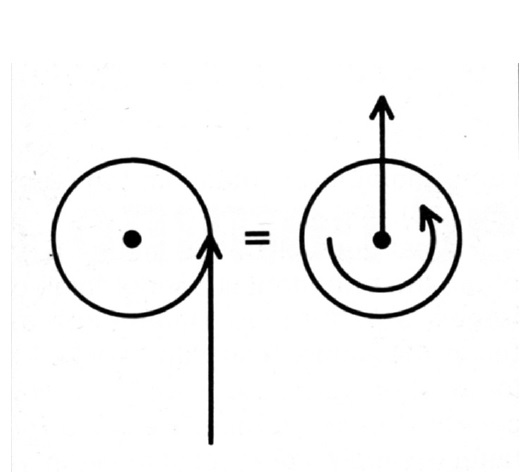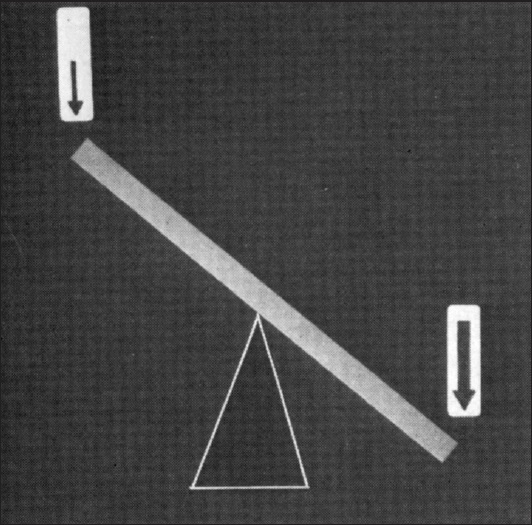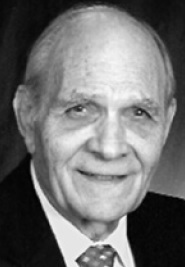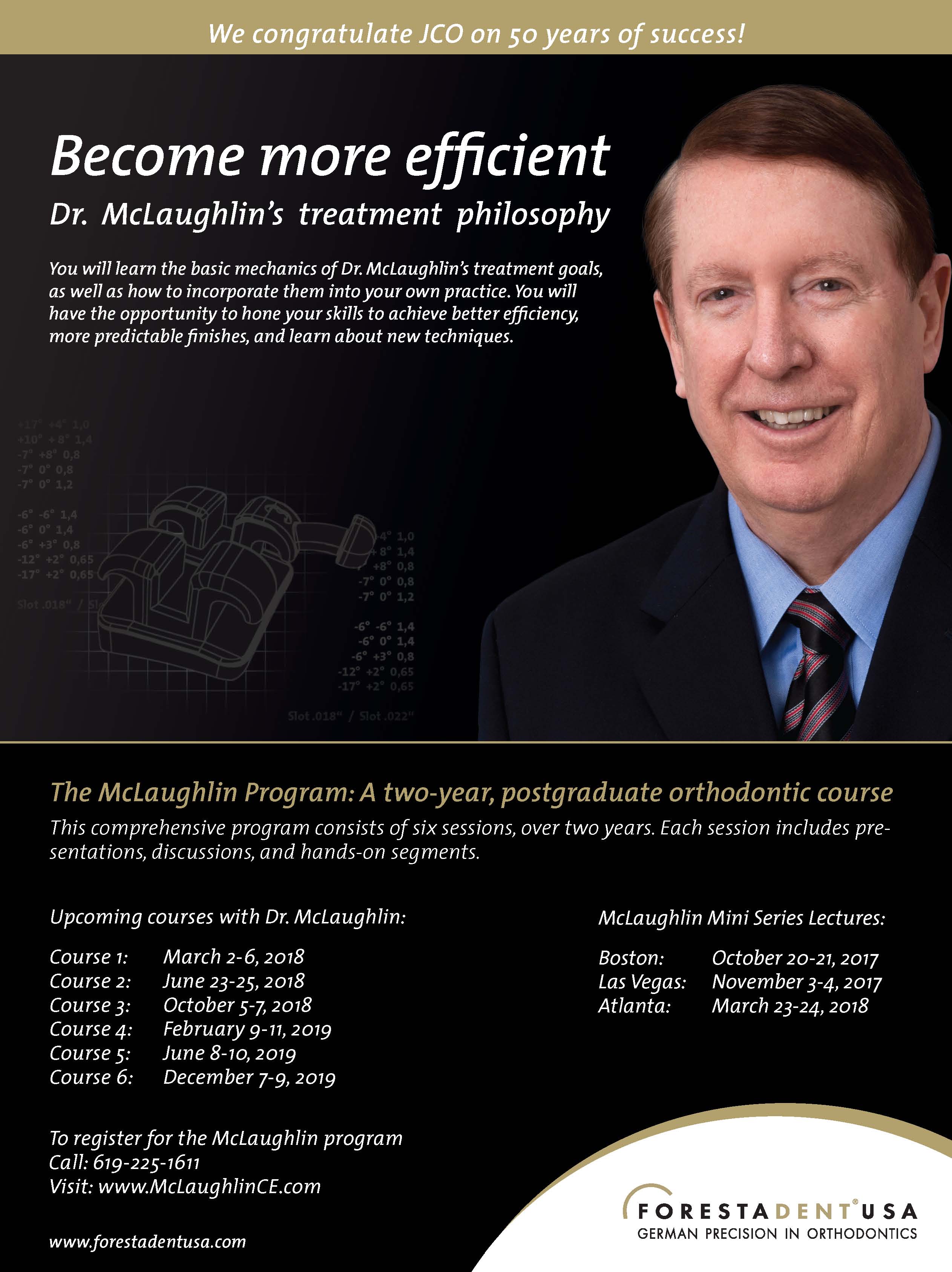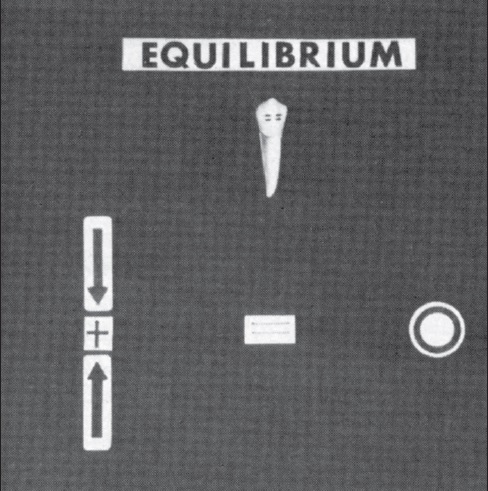Tom Mulligan made his presentation to the Angle Society for membership in the spring of 1968 in Dallas. The senior class at Baylor Orthodontic Department were guests, and that was the first time we had exposure to Burstone biomechanics via his able surrogate, Dr. Mulligan. (the first part of Dr. Mulligan's Common Sense Mechanics began in September 1979)
To characterize Tom’s lecture that day as competent minimizes its sensational effect. No one in the Baylor class had the foggiest idea what he was talking about, nor did our faculty, as he deftly handled topics like cantilevers, force-created moments, moment-to-force ratios, center bends, off-center bends, translation of teeth, static equilibrium, and Newtonian physics as applied to orthodontics, among other topics.
Paraphrasing Supreme Court Justice Potter Stewart, who said pornography was hard to define, but he knew it when he saw it, I found it hard to define the genius I witnessed that spring day, but I knew it when I saw it. Afterward, I approached Tom and confessed that although I would graduate in a few months, I didn’t understand anything he said and wanted to know if he would consider mentoring me in orthodontic mechanics. That was the beginning of a long and beneficial friendship that has taxed and, I am sure, perplexed Tom, while it has educated me and helped me understand concepts that I would have never appreciated without his generous, patient, and unsurpassed mentorship.
The ability to take complicated engineering concepts defined by trigonometry and geometry and distill their essence to a point understandable by the most mathematically challenged dentist requires a superior mind that can consider their various ramifications and develop metaphors that anyone can easily grasp; for example, the cue-ball concept of tooth movement or a teeter-totter to explain static equilibrium. W. Brian Arthur, the Stanford University economist and member of the Santa Fe Institute, has averred that scientists don’t conceptualize their theories in the abstract and work by deduction; rather, they think and work mainly in metaphors.
Tom, more than anyone I have known, came up with explanations that were precise but not pedantic, clear but not congested, true but not trumped up, and they have served the profession well. Wherever one travels throughout the world, people have heard Tom’s message and responded to it, which has resulted in a profession that can finally understand and apply mechanics that ease their tasks and make them more predictable. Simultaneously, it has made orthodontic therapies more comfortable and acceptable by patients.
Tom accepts the duty of every generation to state an ancient truth in a way the present generation understands; that is, to translate into the language of the living the truths first discovered by the dead. He has done that with élan and energy, conjuring for me the description of the great English intellect, Walter Bagehot: “Occasionally, a man is born whose mission is to clarify the thought of his generation . . . give it speed where it is slow, vision where it is blind, balance where it is out of poise, saving humor where it is dry and such a man was Walter Bagehot.” For orthodontics, such a man is Tom Mulligan, and knowing, working, and studying with Tom has been one of the good things in my life.
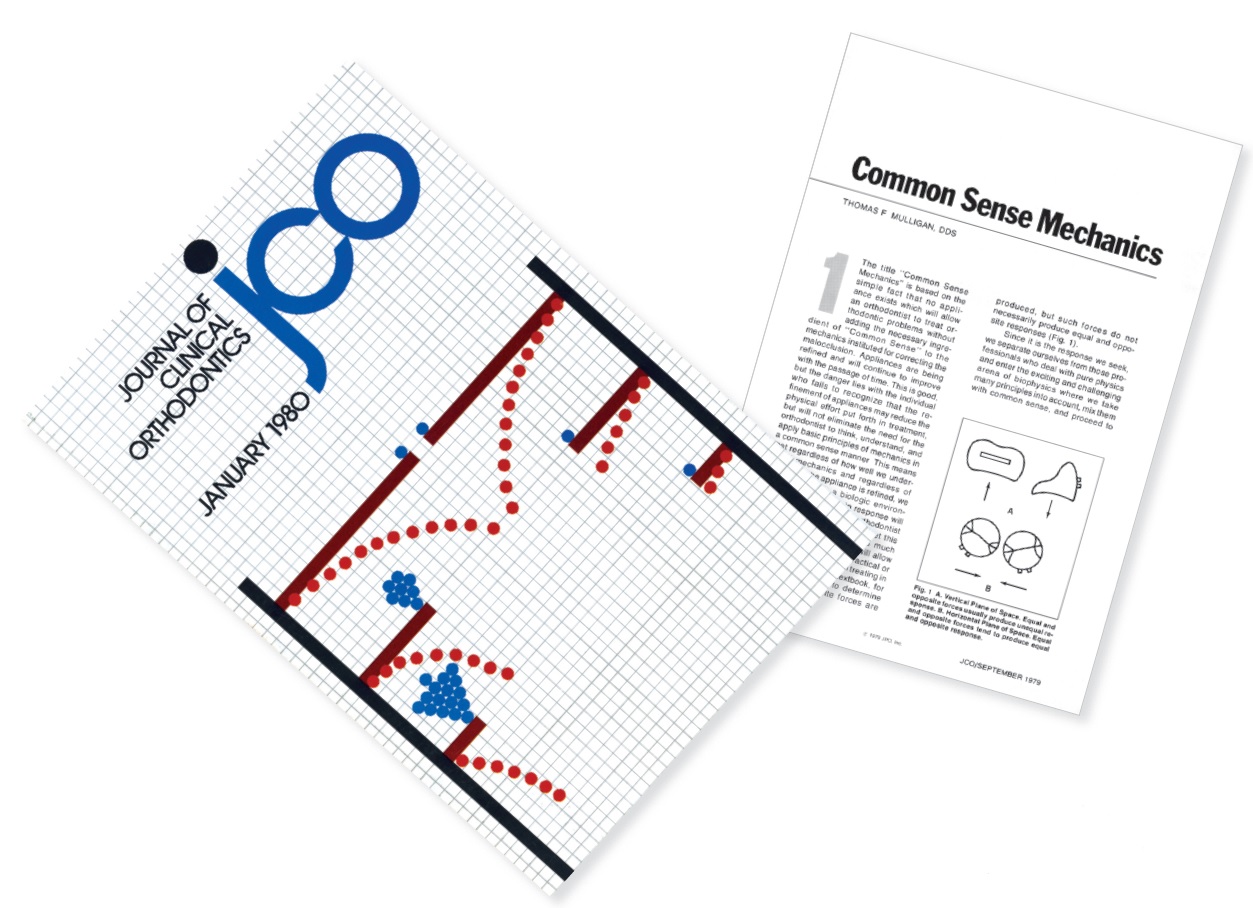
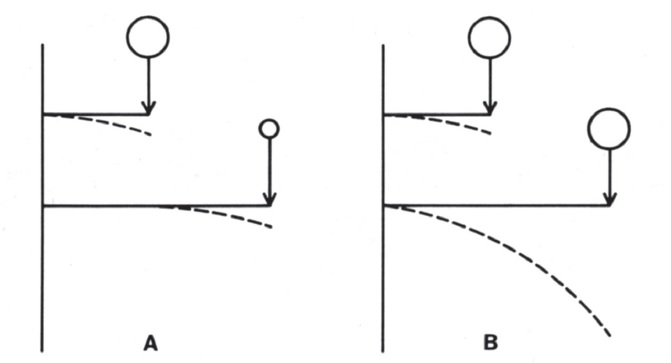
A. When the length of the diving board is doubled, only one-eighth the force is required to produce the same amount of deflection. B. The same force acting at twice the length will produce eight times as much deflection.1
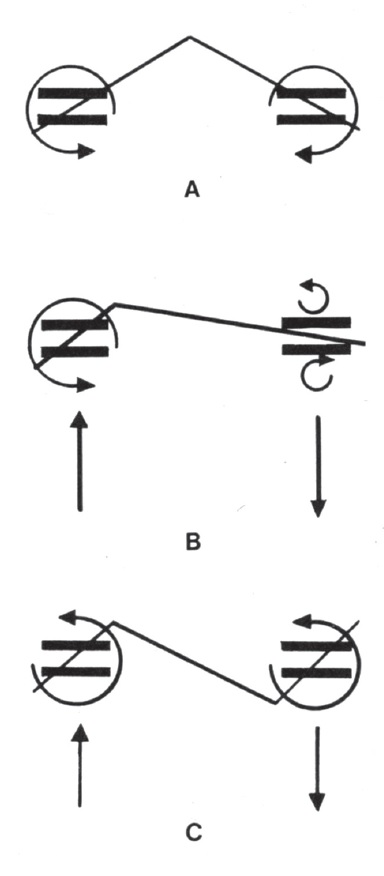
A. Center bend relationship. B. Off-center bend relationship. C. Step bend relationship.3
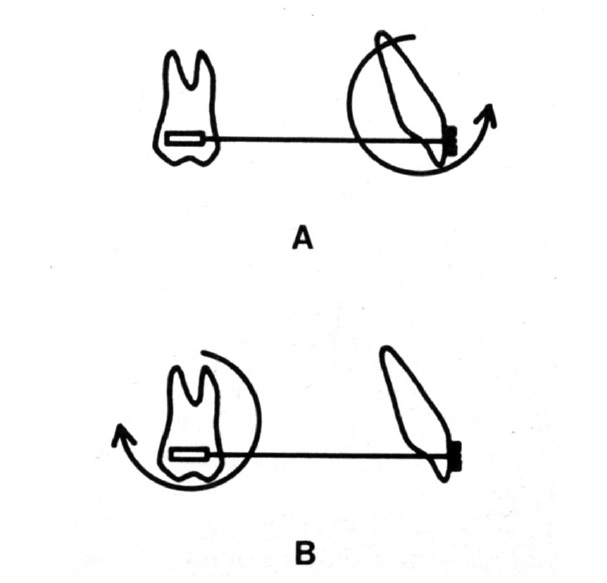
A. “Rowboat effect.” Maxillary teeth tend to move forward during anterior lingual root torque. B. Reversing the mechanics results in distalization.5
REFERENCES
- 1. Mulligan, T.F.: Common sense mechanics: Part 5, J. Clin. Orthod. 14:53-57, 1980.
- 2. Mulligan, T.F.: Common sense mechanics: Part 3, J. Clin. Orthod. 13:762-766, 1979.
- 3. Mulligan, T.F.: Common sense mechanics: Part 8, J. Clin. Orthod. 14:265-272, 1980.
- 4. Mulligan, T.F.: Common sense mechanics: Part 2, J. Clin. Orthod. 13:676-683, 1979.
- 5. Mulligan, T.F.: Common sense mechanics: Part 7, J. Clin. Orthod. 14:180-189, 1980.


